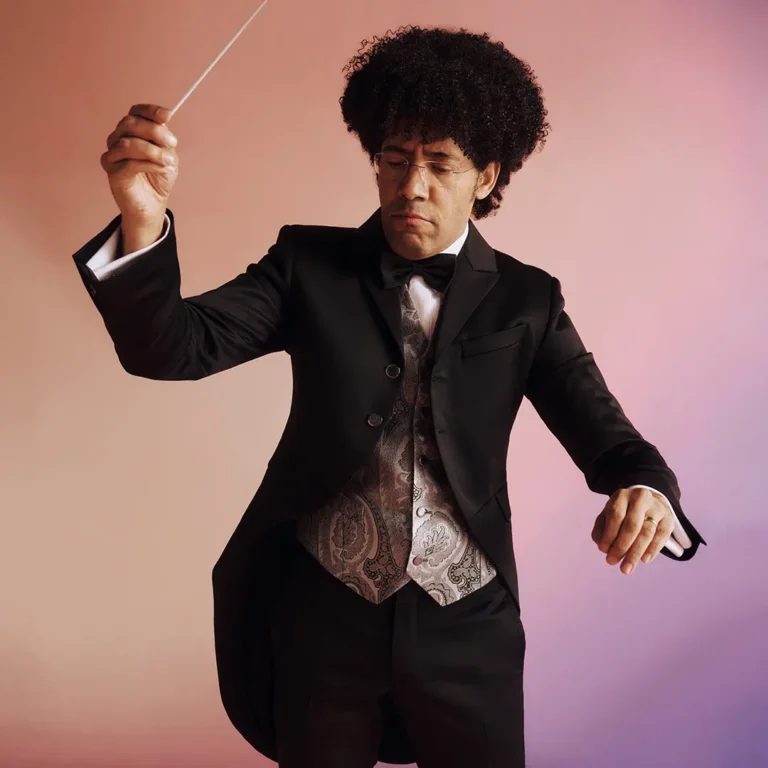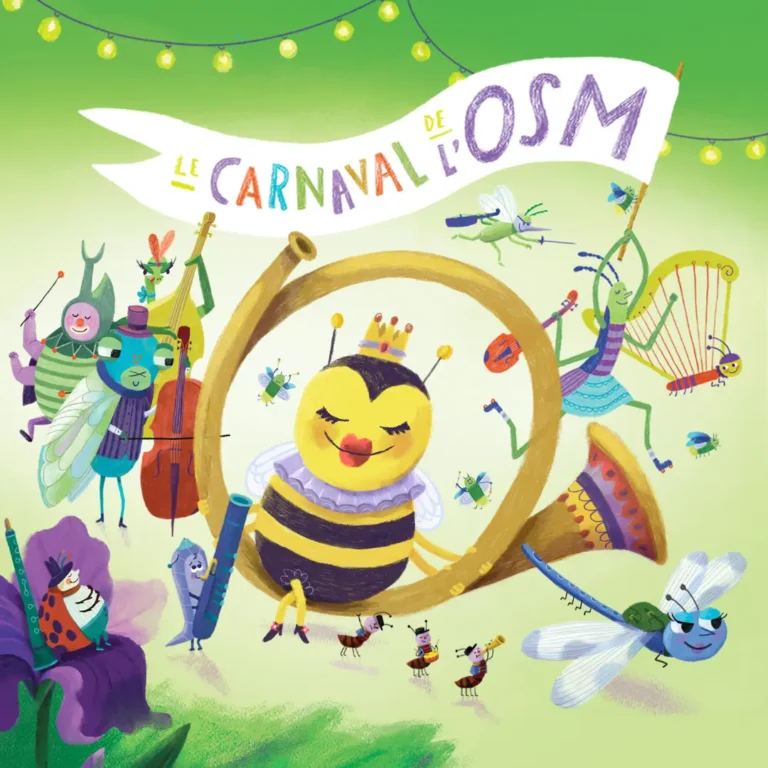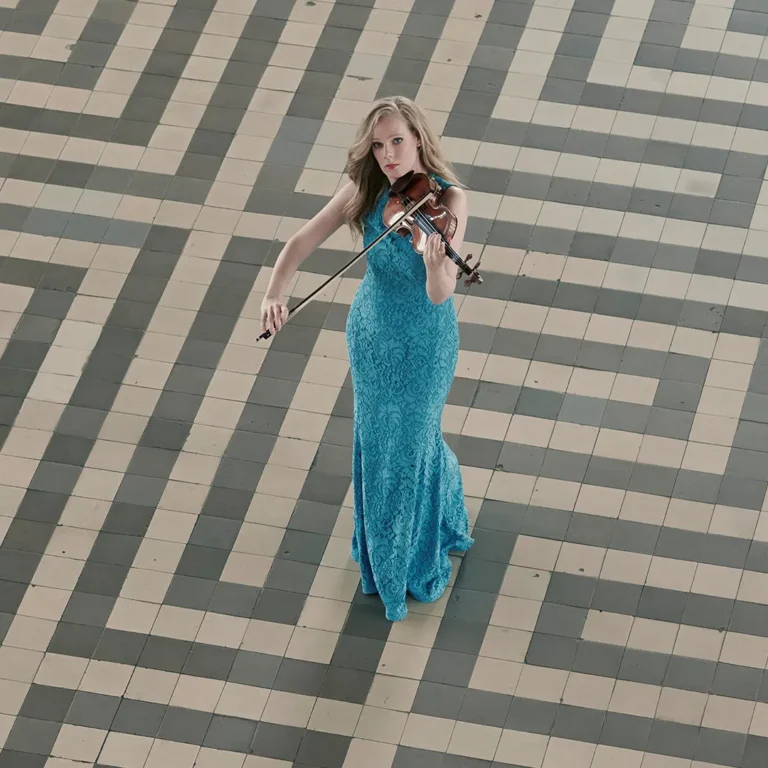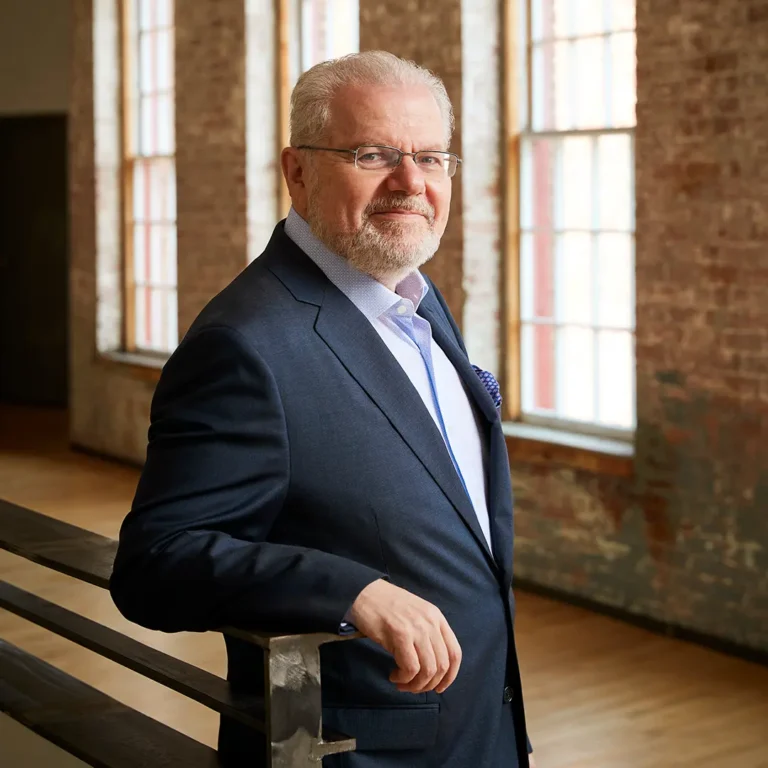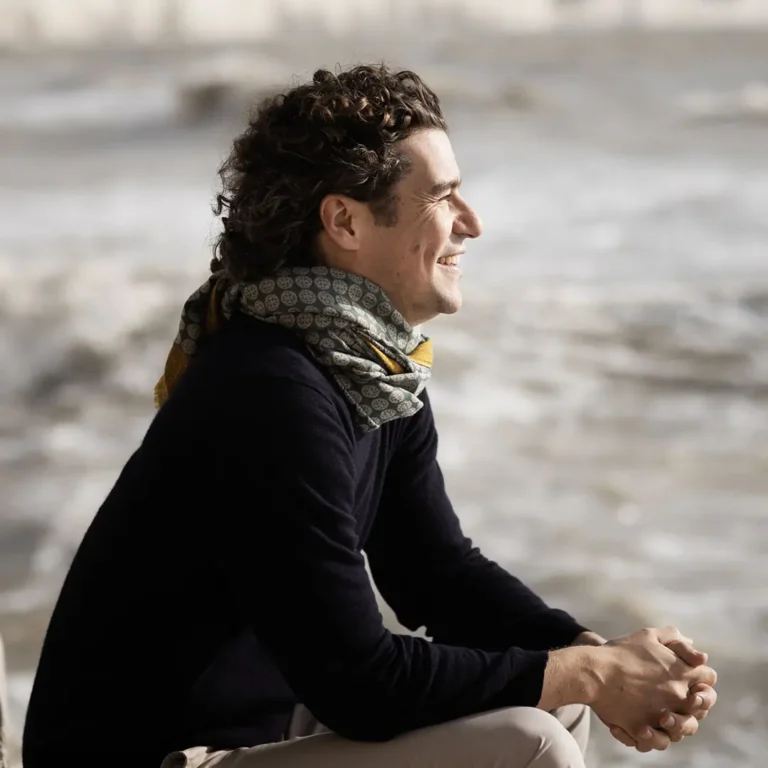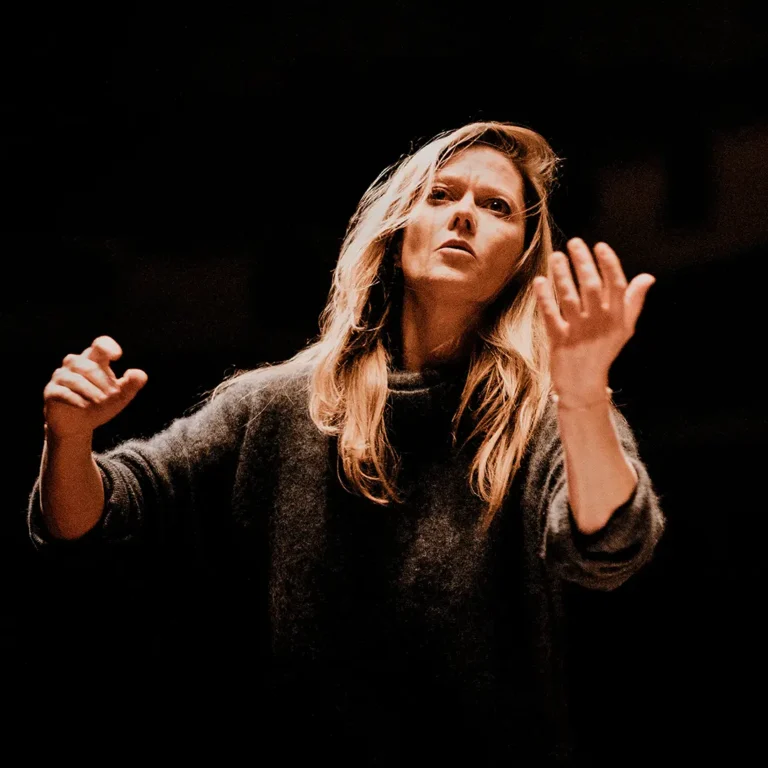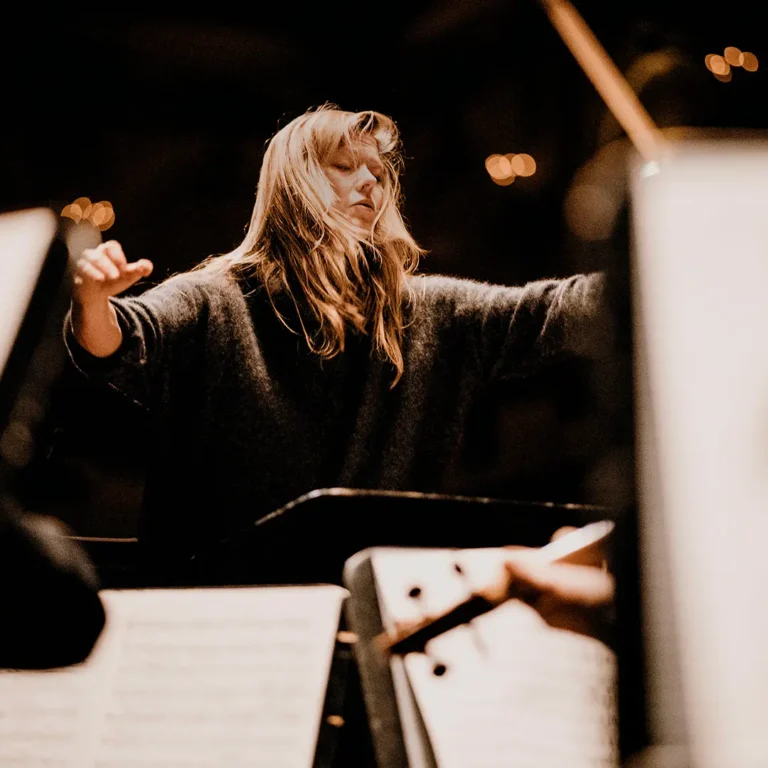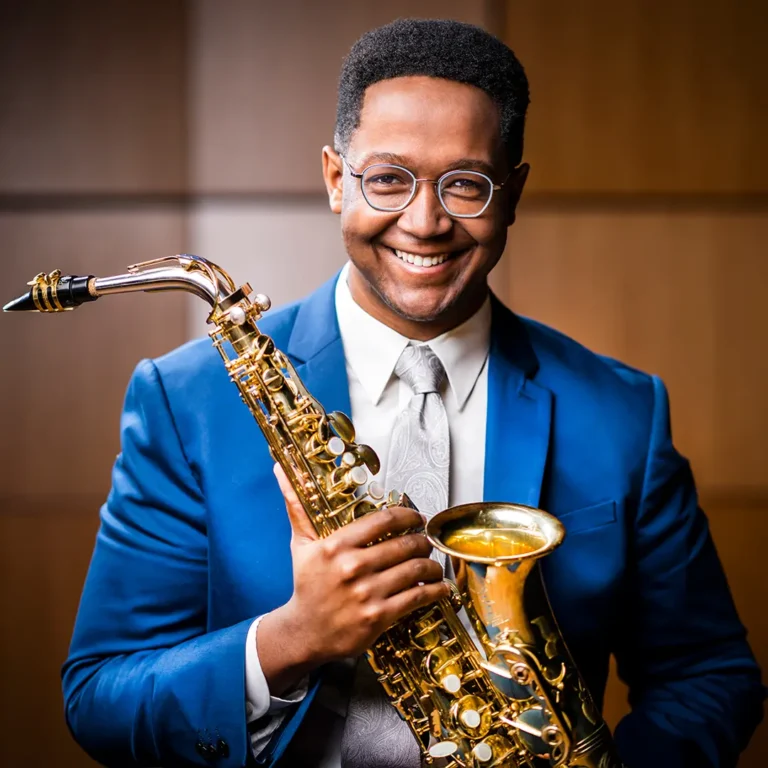Dans cet Apéro Symphonique de 60 minutes, venez découvrir le talent du lauréat du Concours OSM 2024, Jason Xu, avec la Ballade de Frank Martin, mettant en valeur toute la richesse technique du saxophone. Camille Pépin vous plongera quant à elle dans l’énergie vibrante de Vajrayana tandis que Moussorgski vous transportera dans son musée imaginaire avec Tableaux d’une exposition, une œuvre puissante rehaussée par de somptueuses couleurs orchestrales.
In this 60-minute Symphonic Happy Hour, experience the extraordinary talent of Jason Xu, winner of the 2024 OSM Competition, as he brings out the full technical richness of the saxophone in Frank Martin’s Ballade. Camille Pépin will captivate you with the vibrant energy of Vajrayana, while Mussorgsky will take you on a journey through his imagined museum with Pictures at an Exhibition, a stunning work enriched by beautiful orchestral colours.
Programme
Camille Pépin, Vajrayana (12 min)
Frank Martin, Ballade pour saxophone et orchestre (13 min)
Modeste Moussorgski (arr. Maurice Ravel), Tableaux d’une exposition (35 min)
Program
Camille Pépin, Vajrayana (12 min)
Frank Martin, Ballade for Saxophone and Orchestra (13 min)
Modest Mussorgsky (arr. Maurice Ravel), Pictures at an Exhibition (35 min)
POUR ACHETER VOTRE BILLET, C’EST ICI!
Ce contenu provient de l’Orchestre symphonique de Montréal et est adapté par PAN M 360

